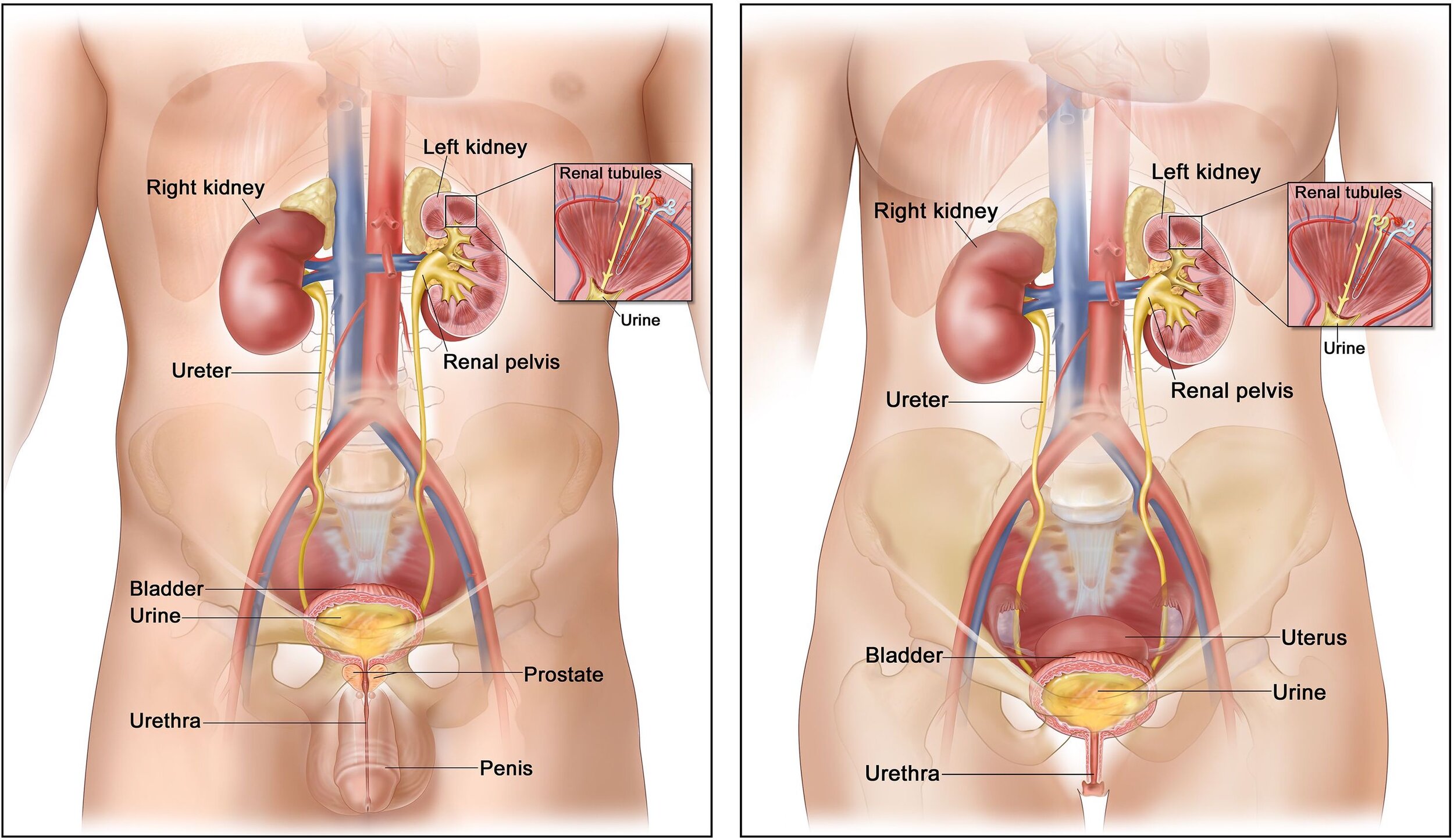Bladder Tumours
Bladder tumours are abnormal growths that develop in the tissues of the bladder, which is a hollow organ in the lower abdomen that stores urine before it is eliminated from the body. Bladder tumours can be non-cancerous (benign) or cancerous (malignant) and may spread to other parts of the body.
Symptoms
The most common symptoms of bladder tumours include blood in the urine, frequent urination, painful urination, and lower back pain.
If you experience any of these symptoms, it's important to see a doctor for a diagnosis and appropriate treatment.
Types of Bladder Tumours
Bladder tumours are classified into three types:
Papillomas: These are non-cancerous tumours that grow on a stalk and protrude into the bladder.
Non-invasive bladder cancer: This type of bladder cancer starts in the lining of the bladder but does not invade the muscular wall of the bladder.
Invasive bladder cancer: This type of bladder cancer invades the muscular wall of the bladder and can spread to nearby organs and lymph nodes.
Tests
Several tests may be necessary to diagnose and stage bladder tumours properly, which include:
Urine tests: Urine tests may be done to look for blood in the urine or other abnormal substances that may indicate bladder cancer.
Cystoscopy: Cystoscopy is a procedure that uses a small camera to look inside the bladder and urethra to examine the bladder lining and identify any abnormalities.
Biopsy: During a cystoscopy, a small sample of tissue (biopsy) may be taken for examination under a microscope to determine if cancer is present.
Imaging tests: Imaging tests, such as CT scans, MRI, or ultrasound, may be used to determine the extent of the tumour and whether it has spread beyond the bladder.
Treatment
The treatment for a bladder tumour depends on the type and stage of the tumour, as well as the patient's overall health and personal preferences. Surgery is the primary treatment for bladder tumours. Transurethral resection of the bladder tumour (TURBT) is a common procedure that can help both diagnose and treat the problem. With a TURBT, the surgeon removes the tumour through the urethra using a small camera and surgical instruments. For invasive tumours, more extensive surgery, such as a partial or radical cystectomy (removal of part or all of the bladder), may be necessary.
Contact
At Adelaide Urology Care, we are committed to giving you the personalised care you need. Please do not hesitate to contact us for more information.
Male and Female Urological Anatomy
Bladder Ultrasound
Online Enquiry Form
Stage I Bladder Cancer
More Information
Reliable and up-to-date health information is important for understanding and managing your health. A list of trustworthy and reputable medical websites is provided below. Please click on the links for further useful information on Bladder Cancer.



